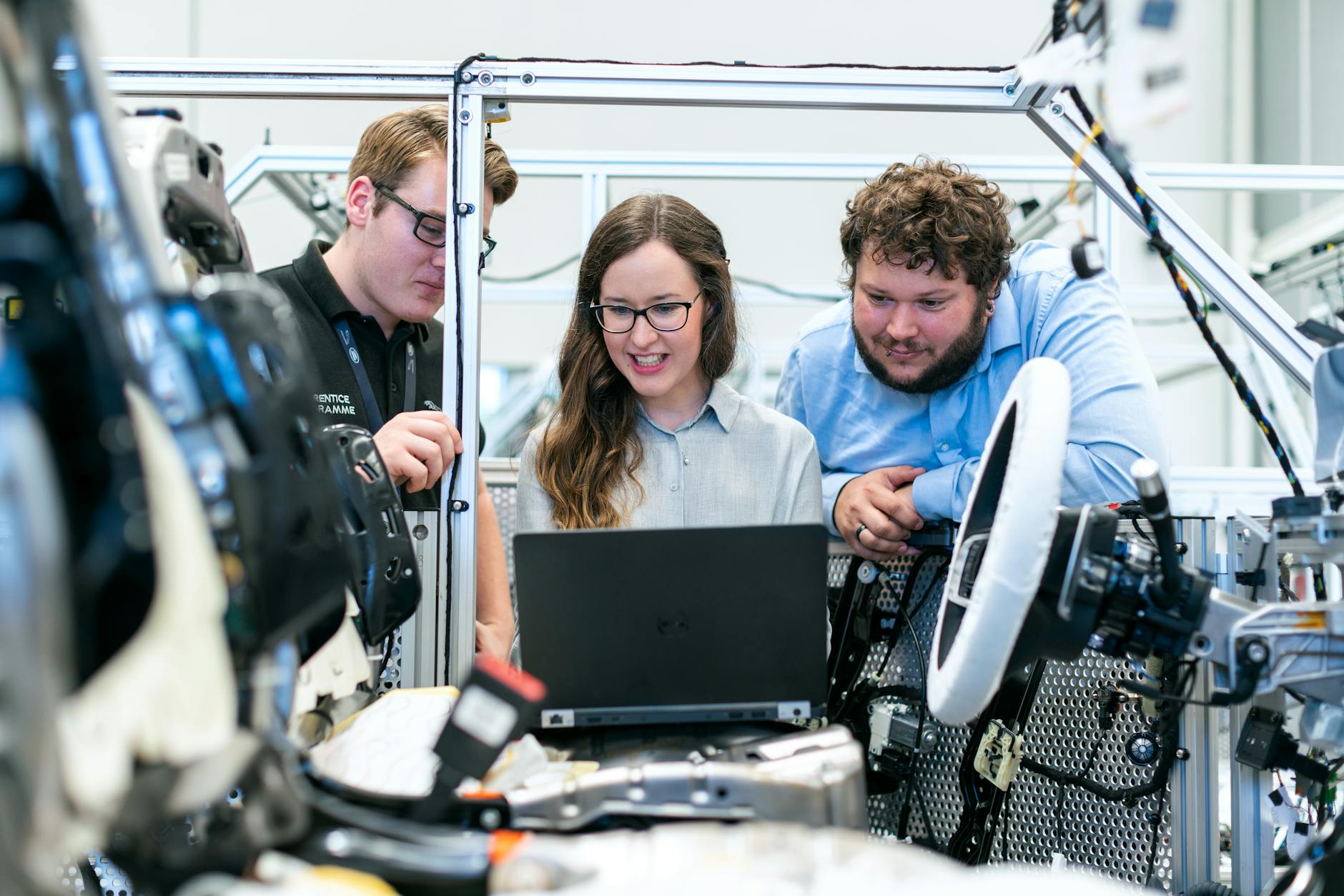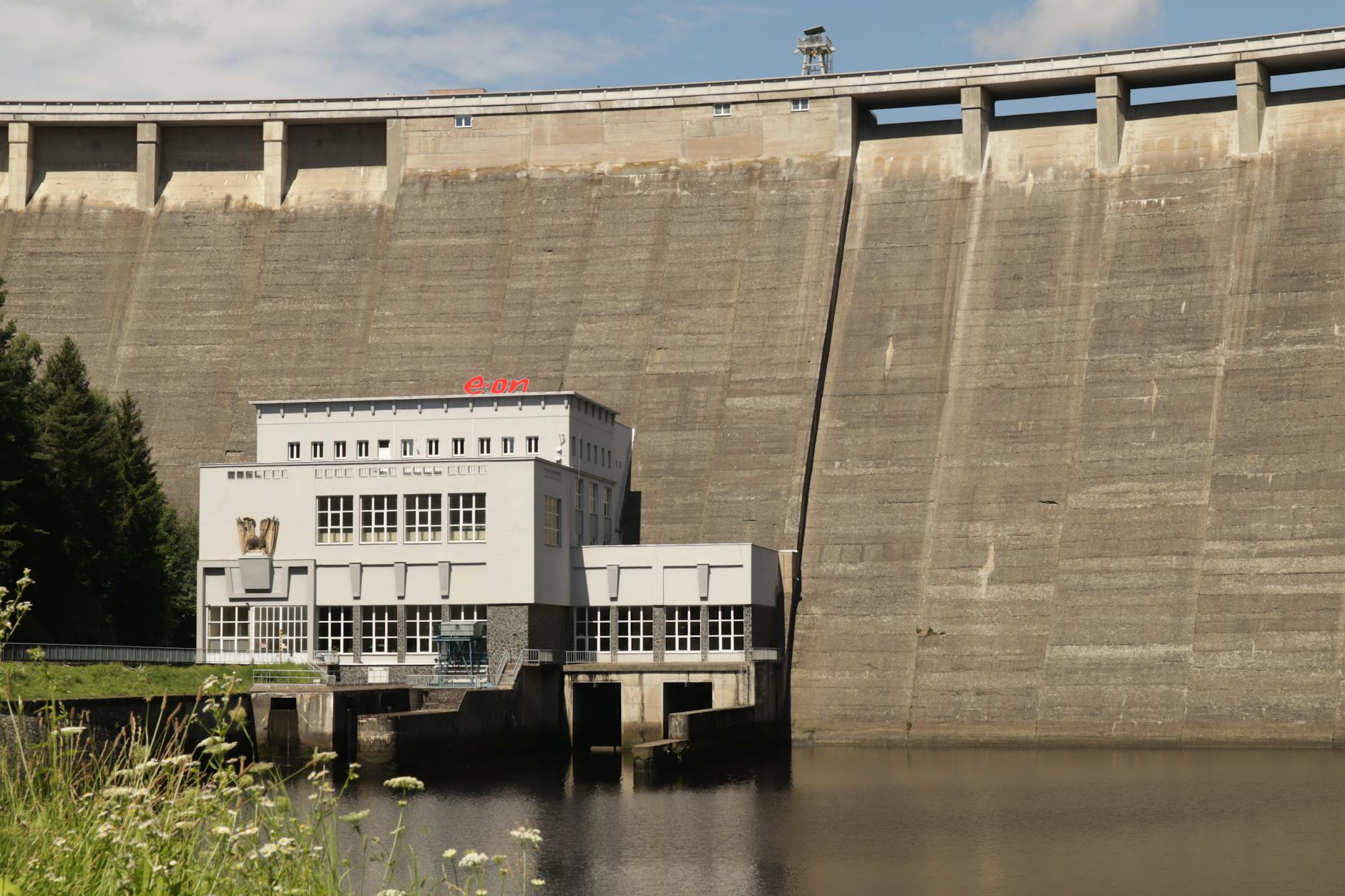- Understanding Robotic Process Automation (RPA)
- The Benefits of RPA Implementation
- RPA and Effortless Optimization
- Industries Embracing RPA for Optimization
- The Human Touch in Automated Optimization
- Roadmap for RPA Implementation
- Conclusion
The future of work is rapidly evolving with technological advancements like Robotic Process Automation (RPA) leading the charge towards automated optimization. Automation Revolution 2025 is not just a vision; it is a reality that is reshaping industries and revolutionizing the way businesses operate. In this article, we will delve into the significance of RPA in paving the way for effortless optimization in various sectors.
Understanding Robotic Process Automation (RPA)
Robotic Process Automation, or RPA, is a technology that uses software robots to automate repetitive tasks traditionally performed by humans. These bots can mimic and integrate the actions of a human interacting within digital systems to execute a business process. RPA empowers organizations to streamline workflows, increase operational efficiency, reduce errors, and enhance productivity.
The Benefits of RPA Implementation
Implementing RPA offers numerous benefits to organizations across different sectors. One of the key advantages is the significant reduction in operational costs associated with manual and repetitive tasks. By automating routine processes, companies can reallocate human resources to more strategic and value-added activities.
RPA and Effortless Optimization
Automation Revolution 2025 is synonymous with effortless optimization, and RPA plays a pivotal role in achieving this goal. With RPA, businesses can optimize their operations by automating repetitive tasks, thereby improving speed, accuracy, and compliance. This optimization leads to enhanced efficiency, productivity, and customer satisfaction.
Industries Embracing RPA for Optimization
Various industries are leveraging RPA to drive optimization across their operations. In the finance sector, RPA is streamlining account reconciliations, invoice processing, and compliance reporting. Healthcare organizations are utilizing RPA to automate patient onboarding, claims processing, and appointment scheduling. Retail companies are employing RPA to manage inventory, process orders, and enhance customer service. The applications of RPA for optimization are vast and cutting across diverse industries.
The Human Touch in Automated Optimization
While RPA brings about automated optimization, it is essential to emphasize the importance of the human touch in this process. Even though robots can perform tasks efficiently and accurately, they lack the ability to make complex decisions or exhibit emotional intelligence. Human intervention is crucial for overseeing, fine-tuning, and strategizing the automation processes to ensure optimal outcomes.
Roadmap for RPA Implementation
To embark on the journey of automated optimization with RPA, organizations need to follow a strategic roadmap. This includes identifying processes suitable for automation, selecting the right RPA tools, conducting pilot projects, training employees, and continuously monitoring and optimizing automated workflows. A well-thought-out RPA implementation plan is essential for maximizing the benefits of automation.
Conclusion
Automation Revolution 2025 is reshaping the business landscape by offering organizations the key to effortless optimization through RPA. By embracing this technology, businesses can streamline operations, enhance efficiency, and drive innovation in a rapidly evolving digital world. As we move towards a future driven by automation, the collaboration between human intelligence and robotic automation will be essential for achieving sustainable and impactful optimization across industries.


